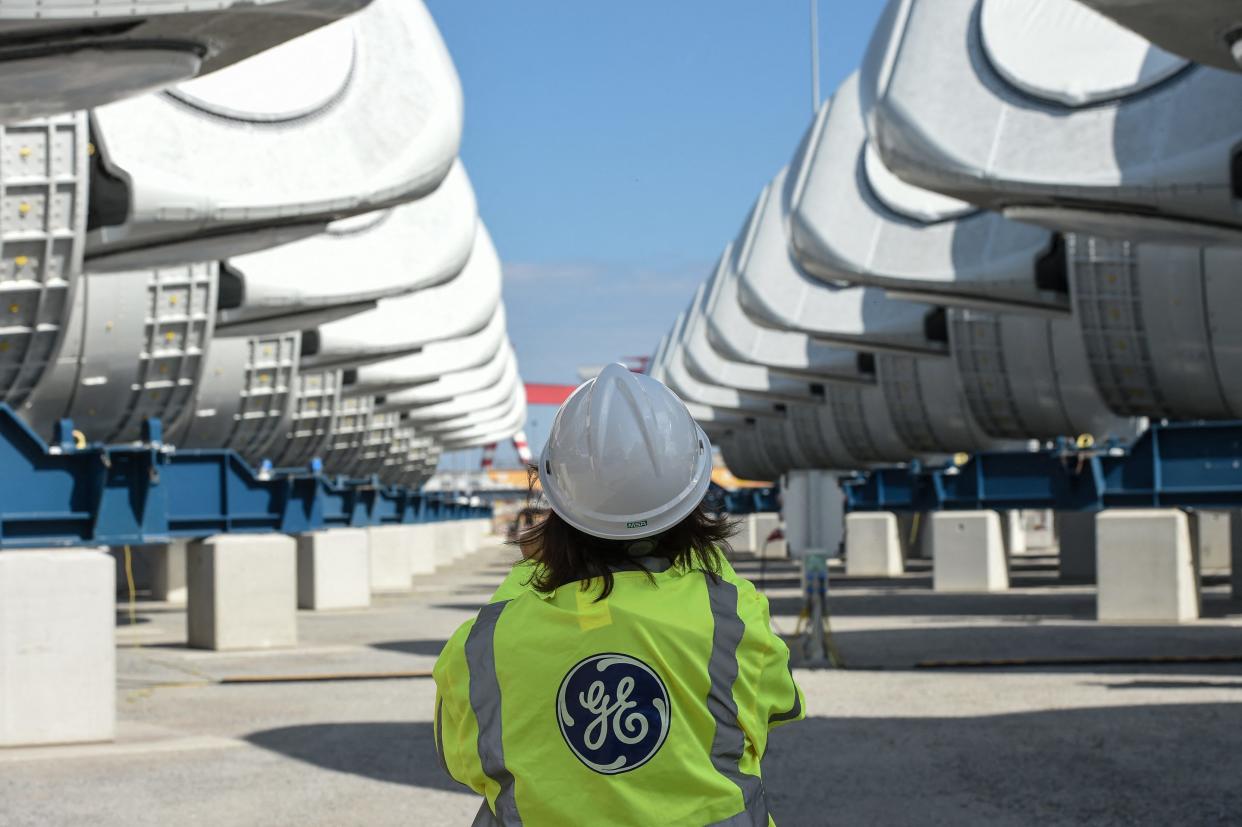Curtains for conglomerates: Will smaller companies drive bigger returns?

In November, GE announced it would break up into three divisions, Johnson & Johnson decoupled its consumer business from its pharmaceutical and medical devices business, and Japan’s Toshiba spun off its energy infrastructure and electronic devices.
These three business behemoths are the latest in a convoy of conglomerates separating into smaller units over the past few years. GE was especially notable because, since its founding in 1892, it represented the epitome of corporate ambition. Wall Street cheered, mainly because the company’s shares have consistently underperformed for more than 20 years, especially since the financial meltdown of 2008.
Many market watchers are wondering: Is this the end of the industry juggernaut model? Can a company keep its fingers in multiple pies, and still stay viable? Did GE, for example, facing mounting losses, just throw in the towel? Or was the move more strategic?
Capital financing, resources, and personnel may well be optimized by distinguishing each line of business, with commensurate higher profits. The idea is that the collective bottom lines of the divorced entities will surpass what the original company could ever produce. The same is often true of conglomerates downsizing.
Amazon is a prime example in that its cloud services business, Amazon Web Services, could prove far more profitable and boast greatly increased valuation multiples if the company was to break up. This was true at Donaher Corp, Siemens, United Technologies, and Dupont over the past five years.
The market over the next few years will decide whether these most recent breakups were wise—and whether they will spell the end of the “corporate giant”.
From my standpoint as a business purpose and ethics thinker, I’m most interested in what this means for the hundreds of thousands of employees of these new entities.
Typically, I consult on internal culture and brand community architecture after an enterprise acquires another company and must therefore blend their purposes, cultures, and communications into a unified and effective whole. Think of how global giant Unilever’s portfolio integrated several purposeful brands (Seventh Generation, Ben & Jerry’s, Breyer’s, Hellmann’s, etc.) into a synergistic whole whose culture and attitude toward purpose, sustainability, and impact differed in subtle but substantive ways from each of those acquisitions.
In Unilever’s case, the children of the enterprise helped the parent company further its expansive sustainability strategies and initiatives, even vowing to divest itself of its unsustainable assets as it saw its largest growth deriving from the sustainable brands in its portfolio.
But here we have the opposite challenge. GE, for example, must reiterate its core purpose–To rise to the challenge of being a world that works–and its mission–To invent the next industrial era, to build, move, power, and cure the world–as drivers of its reorganization, lest the offshoots become too splintered from those purposeful intentions.
Before the practical breakup occurs, GE must communicate effectively to all its internal stakeholders what the split-up means for them, and how (honestly) they might be affected positively or negatively. It must listen to their concerns and understand wholly why GE people choose to work for GE.
Then it must put together a concrete action plan to reorient the internal cultures of the three distinct companies spawned by the split. Will they have subtly (or radically) different purposes, values, and cultures? Or will the overall GE enterprise still strongly inform the novel functions, expertise, and talents at each company? Ideally, the healthcare, aviation, and energy teams would express their own corresponding purposes both informed by, and strengthening, the overall enterprise purpose.
Meanwhile, investors should be on the lookout for the flight of key leadership and talent, as well as the speed and efficiency of the transition. The new companies should be on the lookout for more suitable investors and talent, based on the authentic expression of their revised purpose and values.
The companies themselves must further preempt problems with pre-launch and launch plans for each company to manage expectations of employees, customers, and investors, including the long-term ambition of each company. Again, I’d urge leadership to listen and co-create such foundational strategies with its internal constituents.
Will brand equity and reputation for GE dilute? Will competitors poach J&J talent? Will Toshiba lose ground? No one knows. But it is certain that a lack of adequate culture-building specific to each company will have dire consequences for all. However, done right, these dramatic moves could usher in the next great chapter in these corporations’ storied histories.
Simon Mainwaring is the founder & CEO of We First, a strategic consultancy for purpose-driven brands, and author of the Wall Street Journal bestseller LEAD WITH WE: The Business Revolution That Will Save Our Future. He’s a member of the Steering Committee of Sustainable Brands, the Forbes Business Council, and a fellow of the Royal Society of Arts. His book We First was a New York Times bestseller. He hosts the Lead With We podcast.
More must-read commentary published by Fortune:
We can’t walk blindly into the metaverse
Millennials and Gen Z are a growing force in investing. The market needs to catch up
Don’t let them tell you inflation is good for the poor. It’s not
Rise of the (fast food) robots: How labor shortages are accelerating automation
Why the U.K. doesn’t have its own Oprah
This story was originally featured on Fortune.com

